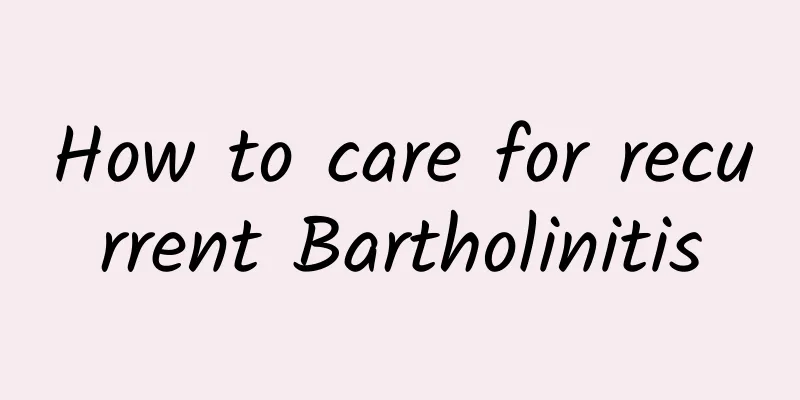How big is the uterine fibroid before minimally invasive surgery? What are the hazards of uterine fibroids?

|
Uterine fibroids are the most common benign tumors in women, and they are more common in middle-aged women aged 30 to 50. Surgery is a common method for treating uterine fibroids. So, do you know how minimally invasive surgery can be done for uterine fibroids? What harm can uterine fibroids cause? The treatment of uterine fibroids depends on the size of the patient's fibroids. When the fibroids are less than 3 CM and grow slowly, the patient can be observed regularly or treated conservatively; when the fibroids are larger than 3 CM and grow too fast, surgery is required immediately. In this case, minimally invasive treatment can be performed. If uterine fibroids are not treated promptly and effectively, the following hazards will occur: 1. Malignant lesions Uterine fibroids are benign tumors, but a few can cause malignant changes, which are more common in the elderly, patients with large and fast-growing fibroids, especially postmenopausal patients with fast-growing fibroids or postmenopausal fibroids. 2. Secondary anemia: Long-term menorrhagia may lead to secondary anemia and even anemic heart disease. In severe cases, symptoms include general fatigue, pale complexion, shortness of breath, palpitations, etc. 3. Infertility and miscarriage. Because uterine horn fibroids compress the entrance of the fallopian tube, the uterus deforms and hinders the implantation of the fertilized egg. In addition, fibroid patients are often accompanied by ovarian dysfunction, leading to infertility. The spontaneous abortion rate of patients with uterine fibroids is higher than that of normal people. 4. Infection and suppuration Uterine fibroids can cause pelvic congestion and infection. The infection is mainly caused by tumor pedicle torsion, while blood infection is extremely rare. After infection, a few patients will form abscesses in the tumor tissue, and the rest will be suppurative. Although uterine fibroids are benign gynecological tumors, if they are not treated in time, they will bring great hidden dangers to women's health. Therefore, if vaginal bleeding, increased leucorrhea, and prolonged menstruation are found, you should go to the hospital for examination in time. |
Recommend
How to treat a bulging stomach and a big belly? Traditional Chinese Medicine: Acupuncture 4 major acupoints to strengthen the spleen + adjust the abdominal fascia to get a flat belly
It was really like "spring's stepmother&...
Let’s take a closer look at how to treat fallopian tube tuberculosis?
Tubal tuberculosis is clinically tuberculous salp...
Learn more about the dangers of pelvic inflammatory disease
I believe many women know that pelvic inflammator...
Cervical erosion can be divided into many types according to different properties.
Cervical erosion can be divided into many types a...
Can I use mugwort foot patch during menstruation? It depends on the individual
Whether you can apply mugwort foot patches during...
Is it normal to have less menstrual flow after abortion?
A small amount of menstrual flow after abortion m...
The number of men with gynecomastia is increasing. Low testosterone leads to enlarged breasts.
Modern people's diet is too westernized, and ...
How to treat uterine cysts with medication
Treatment for uterine cysts depends on the specif...
Several common gynecological diseases that can cause dysmenorrhea
The occurrence of dysmenorrhea often brings a lot...
What is a female genital prolapse? Does it affect fertility? Does it require treatment?
Today we are going to talk about a more private t...
Why does vaginal discharge turn black? How to prevent abnormal vaginal discharge?
Leucorrhea is a liquid secreted by women. Normal ...
Can I take medicine to treat uterine cyst?
Uterine cysts can be treated with medication to r...
Why does brown blood flow after abortion? 3 reasons for brown blood flow
Brown bleeding often occurs after an abortion, wh...
What medications are available for endometrial thickening?
What drugs can be used for endometrial thickening...
What are the consequences of minimally invasive surgery during menstruation?
Minimally invasive surgery during menstruation ma...









